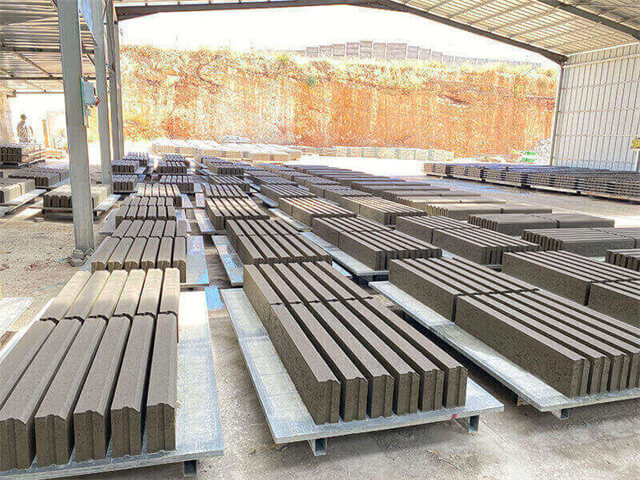Unveiling the Evolution and Working Principles of Compressed Earth Block Press Compressed Earth Block (CEB) press has revolutionized the construction industry with its sustainable and cost-effective approach. This article aims to delve into the evolution and working principles of CEB press, shedding light on its impact and potential.
Evolution of CEB Press
The concept of compressed earth blocks dates back to ancient civilizations where raw earth was used to create durable and eco-friendly bricks for construction. However, the modern CEB press evolved in response to the growing need for sustainable building materials in the 20th century. The development of hydraulic technology and innovative design approaches propelled the evolution of CEB presses, making them more efficient and versatile.
Working Principles
CEB presses operate on the principle of compressing a mixture of earth, stabilizers, and water into solid blocks. The process involves filling the press chamber with the earth mixture and applying hydraulic pressure to compact the material. The resulting compressed earth blocks are then cured to enhance strength and durability. Modern CEB presses incorporate advanced automation and control systems to optimize the production process and ensure consistent block quality.
Advantages of CEB Press
One of the primary advantages of CEB press lies in its sustainability, as it utilizes locally available earth and minimizes the need for energy-intensive processes involved in traditional brick production. Additionally, CEB blocks exhibit excellent thermal insulation and soundproofing properties, contributing to energy-efficient and comfortable living spaces. The use of CEB press also promotes economic empowerment by creating opportunities for local entrepreneurship and skills development.
Challenges and Innovations
Despite its numerous benefits, CEB press faces challenges related to standardization of block dimensions, structural testing, and regulatory acceptance in some regions. However, ongoing innovations in material science, engineering, and construction practices are addressing these challenges. Advances in soil analysis, stabilizer technology, and modular construction techniques are expanding the applicability and market acceptance of CEB press.
Applications in Sustainable Development
CEB press is increasingly being recognized as a key enabler of sustainable development initiatives worldwide. From affordable housing projects to disaster-resilient structures, CEB blocks offer a versatile and environmentally friendly solution. Their use in combination with renewable energy systems, water harvesting, and other sustainable practices further enhances the overall ecological footprint of construction projects.
Future Trends
The future of CEB press is marked by promising trends such as digitalization of production processes, integration of smart technologies for quality control, and adoption of circular economy principles. As the global focus on sustainable construction intensifies, CEB press is poised to play a crucial role in shaping the built environment of tomorrow.
Conclusion
In conclusion, the evolution and working principles of Compressed Earth Block press underscore its significance as a sustainable and innovative construction solution. With ongoing advancements and increasing adoption, CEB press exemplifies the potential to drive positive environmental, social, and economic impacts, contributing to a more sustainable future for the construction industry and beyond.

















 Tel: +86-13905968794
Tel: +86-13905968794 Email: export@hwmachines.com
Email: export@hwmachines.com MP/WhatsApp: +86-13905968794
MP/WhatsApp: +86-13905968794 Manufacturer Address:Nanan,Quanzhou City,Fujian Province,China
Manufacturer Address:Nanan,Quanzhou City,Fujian Province,China




